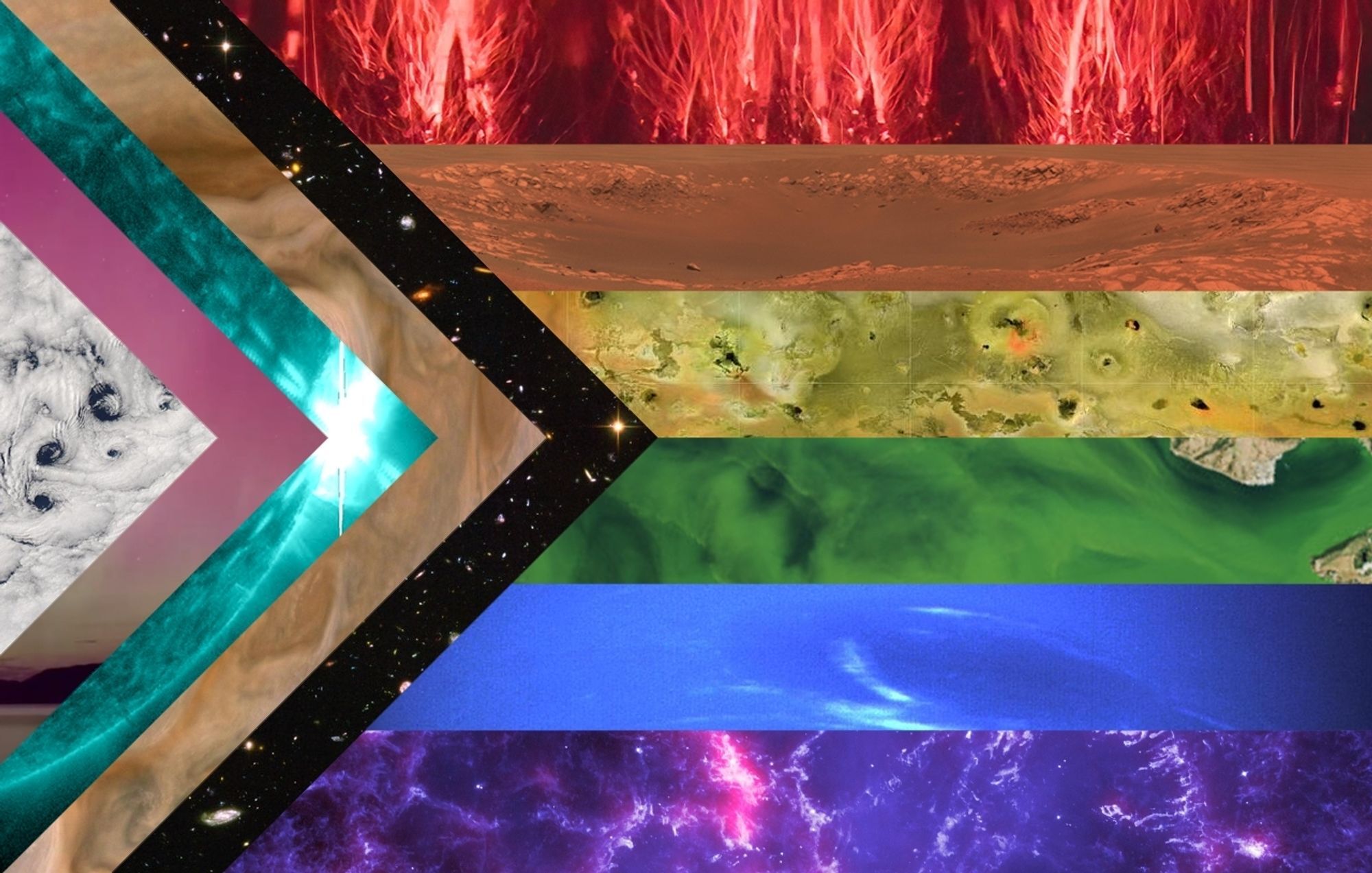this post was submitted on 15 Jun 2024
490 points (99.6% liked)
196
16511 readers
3191 users here now
Be sure to follow the rule before you head out.
Rule: You must post before you leave.
founded 1 year ago
MODERATORS
you are viewing a single comment's thread
view the rest of the comments
view the rest of the comments

Cool, sure, but how many of these are actual color? I'm guessing 2 but it probably depends on definition (does contrast adjustment count if hue is retained?)
Edit - Alt text found in original post:
[1] https://en.wikipedia.org/wiki/Sprite_(lightning)#/media/File:Upperatmoslight1.jpg
Surprisingly many: white, pink, red, orange, green (probably) and yellow. (The well-known Neptune image is false color; Hubble deep-field is IR but that is redshifted so IDK, may be "real" color too.) Too bad white, pink and red are Earth's atmospheric phenomena, of which only the aurora is really space-related, and green is just a satellite photo. Still, within NASA's scope I guess, and better than "artist's impressions", which is all we have for non-solar-system bodies' surfaces; or pictures of NASA-made objects.
I guess you could say since earth is part of the solar system, the earth phenomena are space related (it's all about diversity anyway, why not include algae?). Plus what amateur astrophysicist hasn't had to deal with a cloudy night ruining a night if star gazing?
Space is 100 km away from Earth so not even the sprites are included (the aurora is). Don't confuse space × universe. But yes, our planet is definitely the most interesting one.